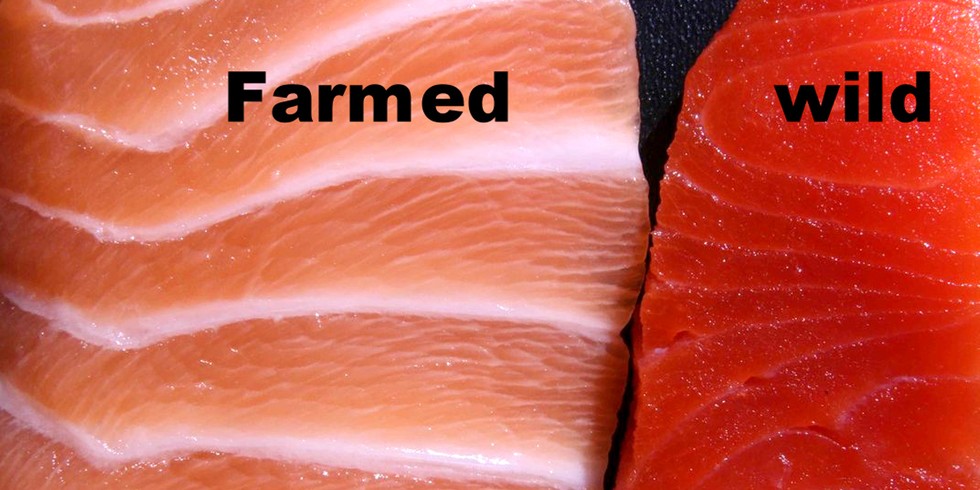We now need to eat two portions of farmed salmon to equal the amount of omega-3 intake that we would have gotten just five years ago, says a study from Stirling University in Scotland. The change appears to be due to a reduction in the amount of ground-up anchovies added to their feed.
Salmon farming is only about four decades old, but it is the fastest-growing food production system in the world according to WWF. Globally, about 3.5 million tons are caught or raised each year, and salmon accounts for 17 percent of the global seafood trade. About 70 percent of the world’s salmon production is farmed.
Salmon is among the most popular seafoods in the U.S., where we eat 2.3 pounds per person each year. We prize salmon for its omega-3 fatty acids. National Oceanic and Atmospheric Administration (NOAA) says that consumption of eicosapentaenoic acid (EPA) and docosahexaenoic acid (DHA), which are key omega-3s found in seafood, may help to prevent high blood pressure, heart disease, certain types of cancer, clinical depression, anxiety and macular degeneration. Of the salmon consumed in the U.S., half is farm-raised.

